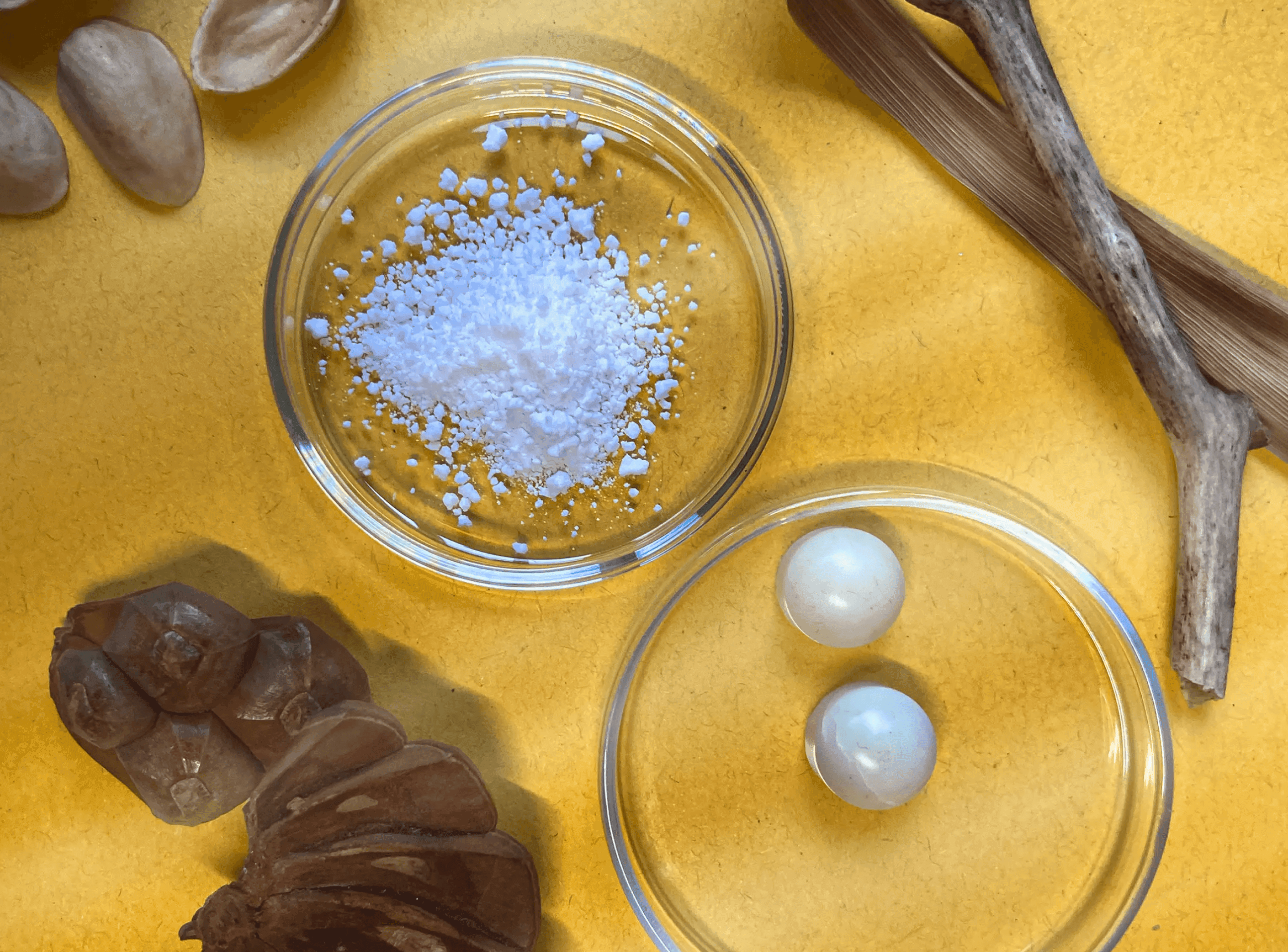1. OzoneBio’s bio-adipic acid production process is revolutionary in terms of sustainability. Can you explain how the conversion of wood waste or nut shells into bio-adipic acid works, and why this method is more sustainable than conventional adipic acid production?
At OzoneBio, we use a green chemistry platform to convert lignocellulosic biomass, such as wood waste and nut shells, into bio-adipic acid. This process involves breaking down complex plant polymers into monomeric aromatics, followed by a selective catalytic transformation into adipic acid. Unlike traditional petrochemical production, which relies on fossil-derived starting materials and releases nitrous oxide (N₂O), a greenhouse gas 300 times more potent than CO₂, our process avoids hazardous intermediates and uses renewable feedstocks, significantly reducing environmental and health impacts.
2. Bio-adipic acid is a key component in the production of Nylon 66. How does your process for producing this material compare to traditional nylon production in terms of environmental impact, particularly in terms of carbon emissions and energy consumption?
Nylon 66 consists of two monomers: adipic acid and hexamethylenediamine. The carbon imprint of hexamethylenediamine accounts for only 1% of CO₂ emissions in Nylon 66. Our bio-adipic acid production process dramatically reduces greenhouse gas emissions by more than 95% compared to the conventional method. Traditional adipic acid production is both energy- and carbon-intensive, relying on nitric acid oxidation of cyclohexanone, which emits N₂O. In contrast, our method uses mild temperatures and pressures and is powered by renewable inputs. This makes the final Nylon 66 made with our bio-adipic acid significantly more sustainable across its life cycle.
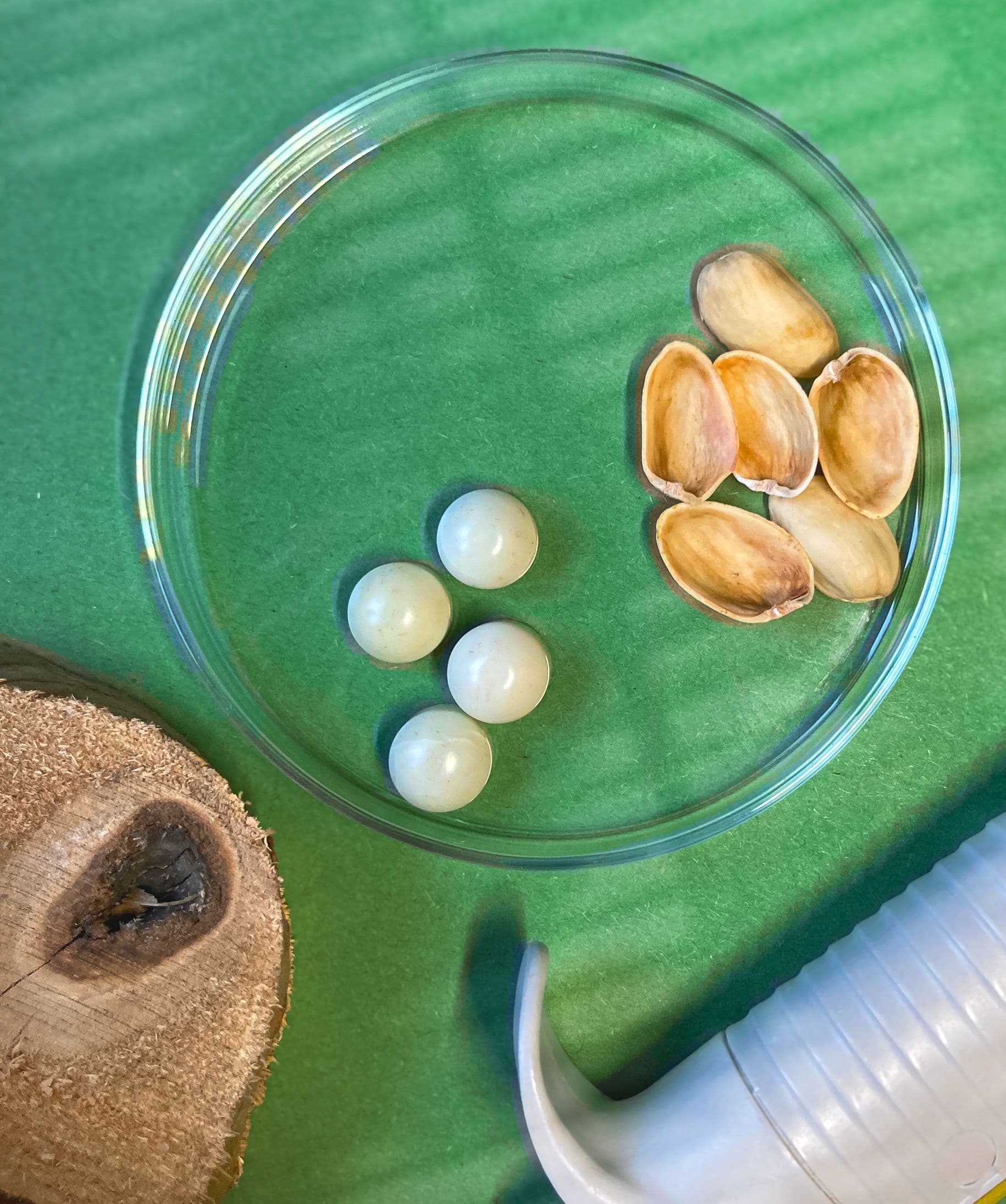
3. Your bio-adipic acid is produced without releasing N₂O, a major greenhouse gas. How does your process effectively prevent N₂O emissions, which are traditionally a byproduct of adipic acid production?
N₂O emissions in conventional processes are a result of the nitric acid oxidation step used to convert KA oil to adipic acid. Our method eliminates this step entirely. Instead, we use biobased intermediates and catalytic conditions that do not require nitric acid as an oxidant. As a result, N₂O is never generated, allowing us to achieve a significantly reduced direct-emission process.
4. The use of post-consumer waste, such as wood and nut shells, is a critical aspect of your sustainability efforts. Can you describe the sourcing and processing of these waste materials, and how you ensure that the feedstocks are both environmentally and socially responsible?
We work with regional Canadian forestry operations and wood product manufacturers to source lignocellulosic waste. These materials would otherwise be landfilled or incinerated.
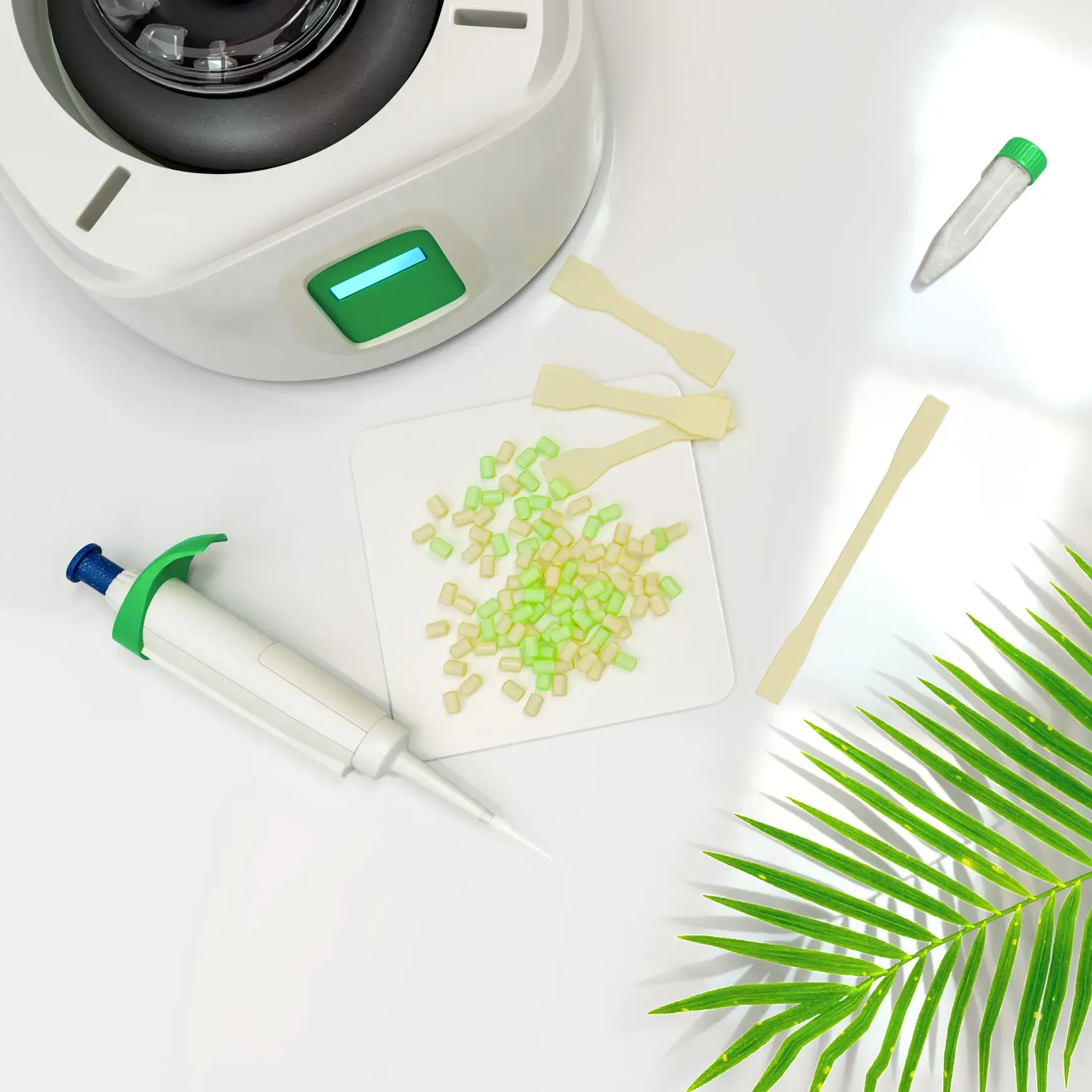
5. Your bio-adipic acid is used to create high-performance bio-nylon products. Can you describe some of the key properties of this bio-nylon, and how it compares to traditional nylon in terms of durability and performance?
Bio-Nylon, derived from our bio-adipic acid, exhibits mechanical properties equivalent to those of traditional Nylon 66. It offers high tensile strength, thermal resistance, and excellent chemical stability, making it suitable for demanding applications in textiles, automotive parts, and electronics.
6. One of the goals of OzoneBio is to create fully bio-derived products. How do you envision the future of bio-based materials, and what challenges need to be addressed for these materials to become mainstream in industries like textiles and automotive?
We see bio-based materials playing a central role in decarbonizing materials-intensive sectors. To make this future a reality, industry must address key challenges: scaling bio-based production economically, developing supply chains for consistent biomass feedstocks, and building demand through consumer and regulatory support. Education, policy incentives, and investment in biomanufacturing infrastructure will be essential to mainstream adoption.
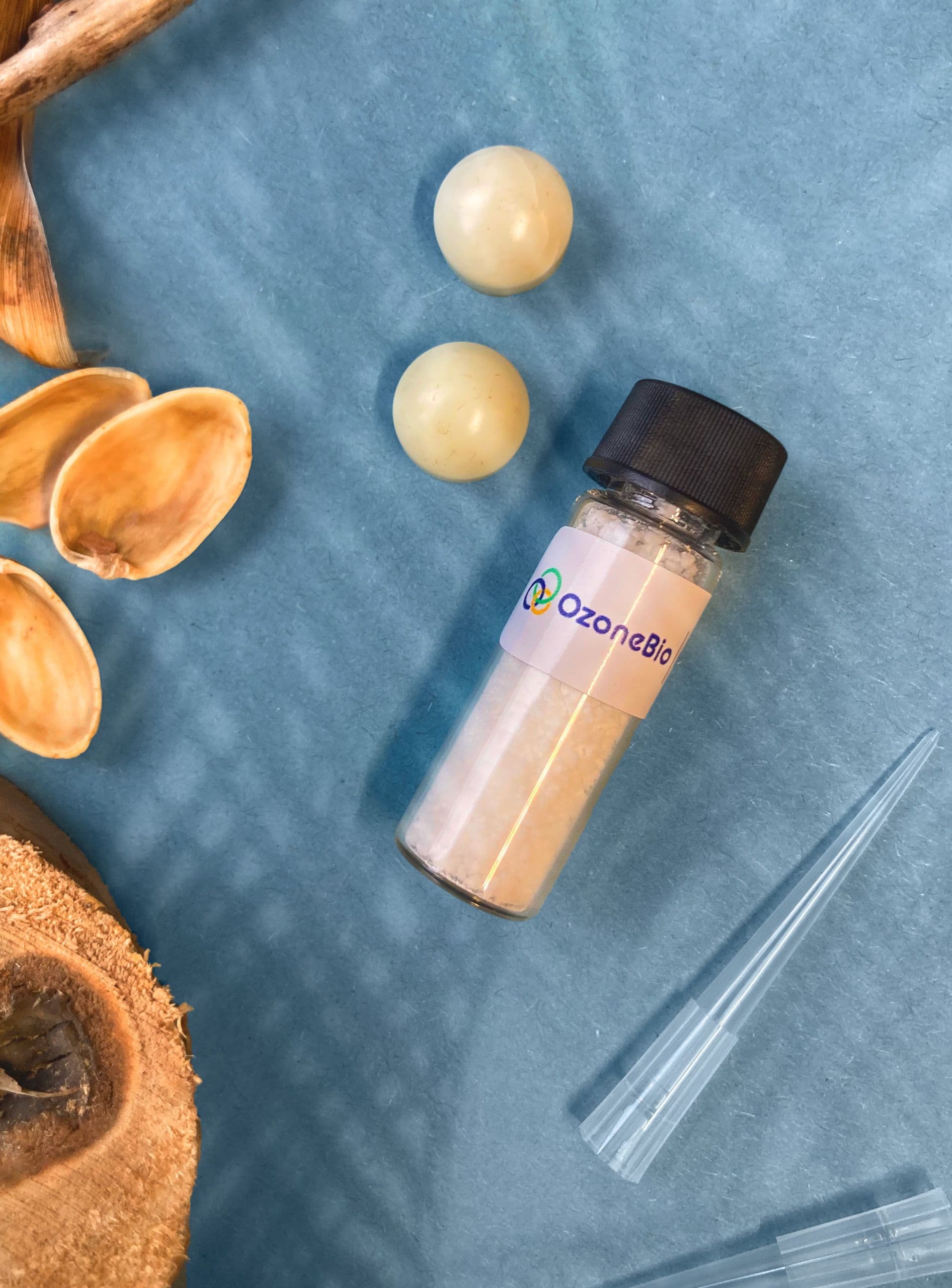
7. How does OzoneBio’s bio-adipic acid contribute to achieving your company’s sustainability goals, particularly in terms of reducing carbon emissions and promoting a circular economy?
Our bio-adipic acid is at the heart of our sustainability strategy. By using waste biomass instead of fossil resources, we enable carbon loop closure and reduce emissions across the value chain. Our process also valorizes underutilized waste streams, helping to reduce landfill burden and support a circular model of resource use. This aligns with our broader goal to build materials with a net-positive environmental footprint. Additionally, Nylon 66 is a recyclable product, so we welcome any partnerships for recycling our bio-Nylon 66!
8. As a company focused on material innovation, are there any other bio-based chemicals or materials that OzoneBio is currently exploring for future development? How do you prioritize which materials to focus on?
Yes, we are actively exploring several high-value bio-based intermediates, including precursors for bioplastics. In addition, we’ve recently developed a completely different product stream: wood-derived vanillin. To support the economics of our product development, we’re also exploring the carbon credit market, as one of the byproducts of our process is biochar. When it comes to prioritization, we focus on materials that meet three key criteria: strong market demand, a clear and feasible pathway to scale-up, and the potential to displace high-emission incumbent materials. Based on these factors, bio-based adipic acid remains our top priority at this stage.
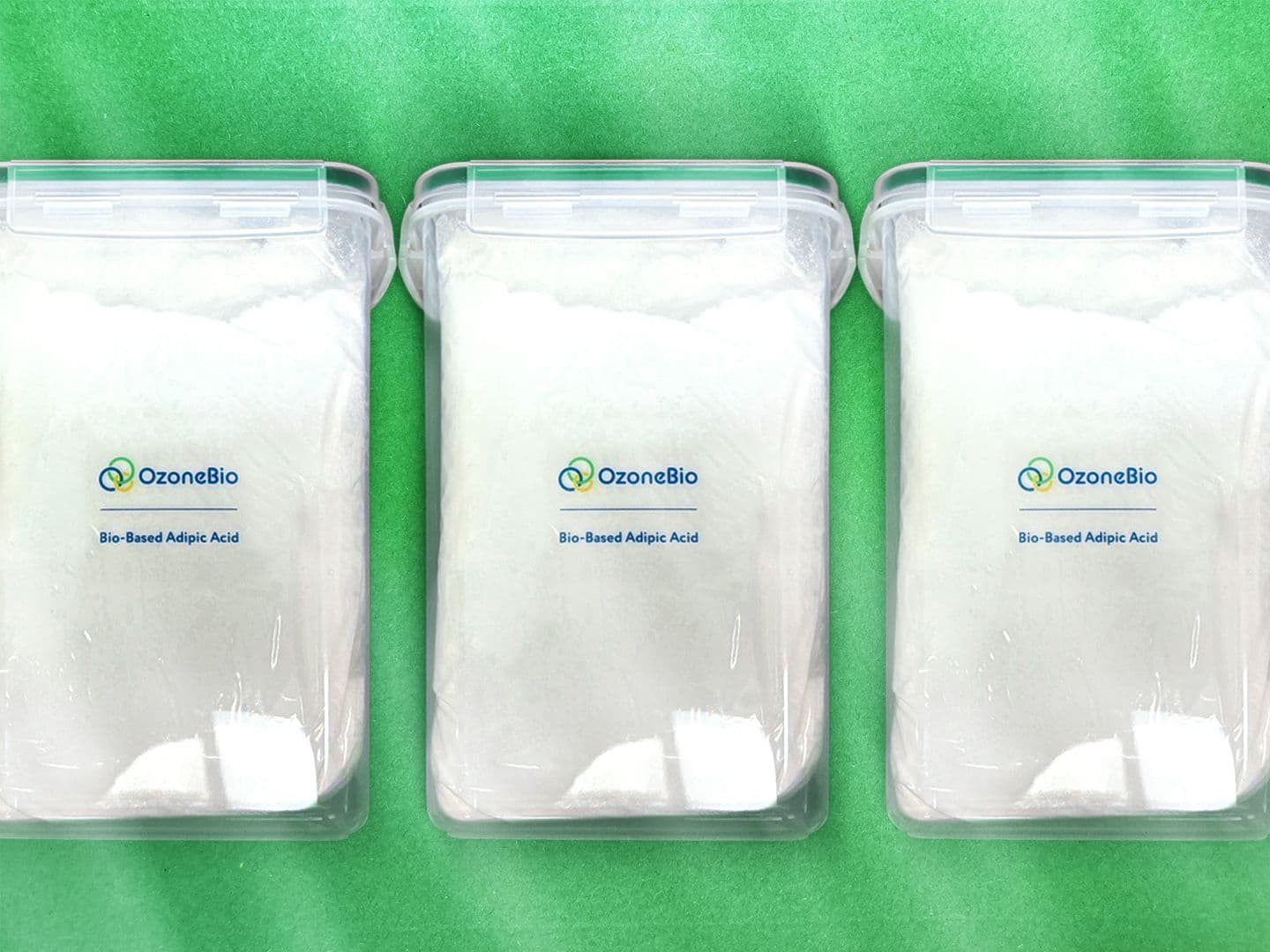
9. Finally, what role do you see OzoneBio playing in the broader sustainability movement within the chemical and materials industries, and how do you plan to continue driving innovation in the field of green chemistry and bio-based materials?
OzoneBio aims to be a catalyst for transforming how materials are made—from fossil-intensive to renewable and circular. We contribute by developing scalable, drop-in bio-alternatives that integrate seamlessly into existing supply chains. Our innovation is driven by green chemistry principles, collaboration with forward-thinking brands, and a commitment to transparent sustainability metrics. Looking ahead, we will continue to expand our portfolio and partnerships to accelerate the shift toward a more sustainable material economy.
